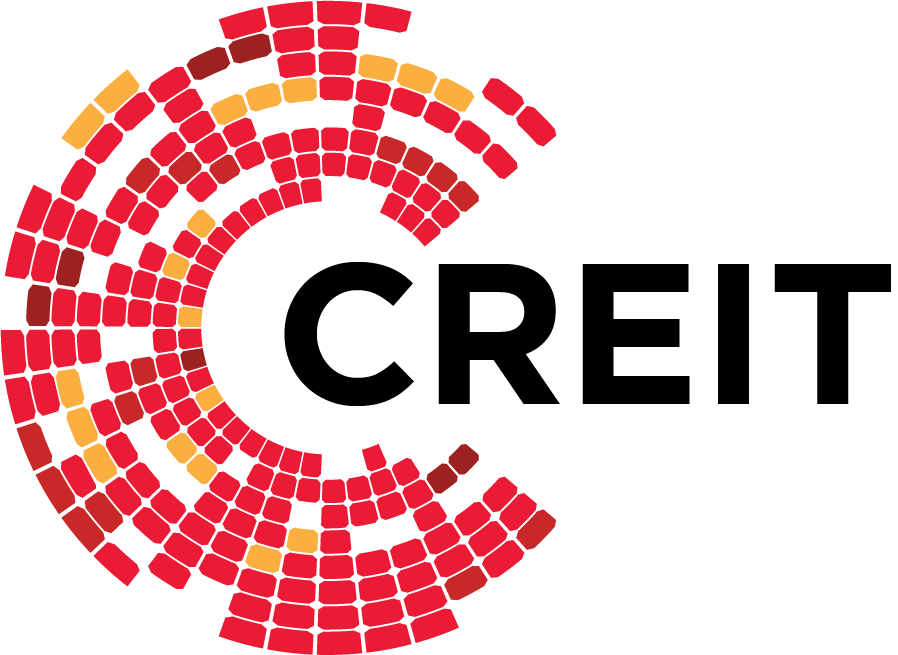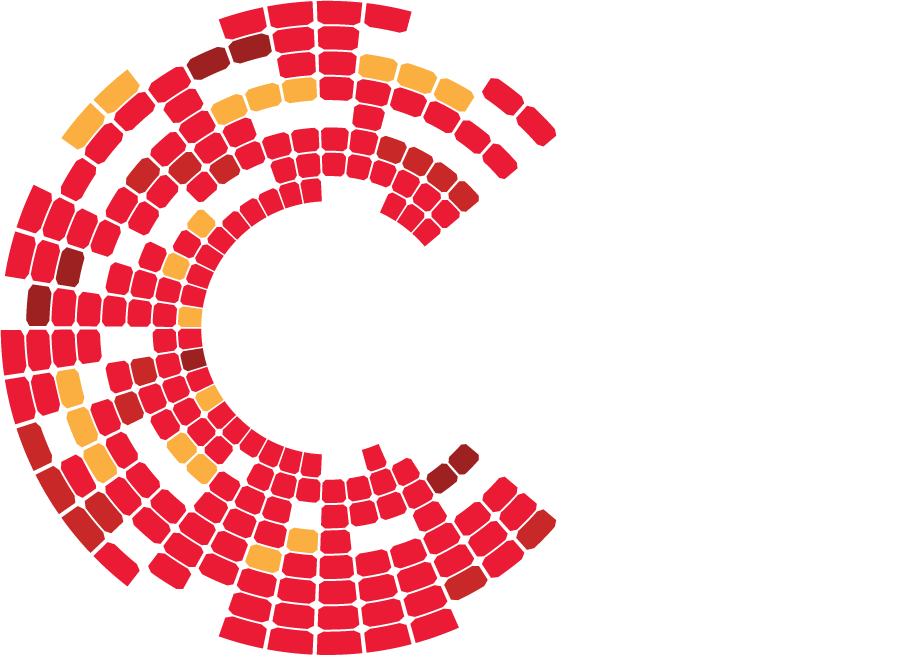Not all investors are thrill-seekers. For many, growing wealth isn’t about taking wild chances; it’s about safeguarding what you’ve worked hard for while letting your money quietly but steadily grow. This is where conservative investing comes in. It’s a methodical, cautious approach to building wealth that prioritizes security and consistency over chasing high returns.
The good news? Conservative investing doesn’t mean sacrificing growth. In fact, with the right tools, knowledge, and options available in the Philippines—such as real estate investment trusts (REITs) and fixed income instruments—you have the opportunity to achieve steady gains while protecting yourself from volatile market shifts.
In this article, we’ll explore the core principles of conservative investing, how it compares to aggressive approaches, and how to build a solid, crisis-resilient investment strategy tailored to their risk profile.
What is Conservative Investing?
Conservative investing is a low-risk investment strategy focused on preserving capital and generating steady, moderate returns over time. Instead of aiming for rapid or high returns, conservative investors prioritize stability. This approach is ideal for people who prefer low volatility, want to meet long-term financial goals, and avoid the emotional stress that often comes with fluctuating markets.
In the Philippines, conservative investing often includes fixed income investments, money market instruments, and real estate-backed assets, such as REITs. These are selected for their ability to provide reliable income while maintaining lower exposure to sudden losses. Conservative investing isn’t just for retirees; it’s also suitable for younger professionals seeking to make smart investment decisions without risking their life savings.
Conservative vs. Aggressive Investing
While both strategies aim to grow wealth, their risk tolerance, time horizons, and return expectations are significantly different.
- • Risk Tolerance: Conservative investing suits low-risk profiles, while aggressive investing fits those with high risk tolerance.
- • Returns: Conservative strategies aim for steady, modest gains; aggressive investing seeks high returns but with greater volatility.
- • Investment Horizon: Conservative investors usually have long-term goals; aggressive investors may aim for shorter, high-yield outcomes.
- • Emotional Management: Conservative investors value peace of mind; aggressive investors must manage emotional swings due to market shifts.
What a Conservative Investment Portfolio Typically Includes
A conservative investment portfolio in the Philippines usually includes a mix of assets that offer low volatility, capital protection, and consistent income. These instruments are well-suited for investors seeking financial security without being exposed to unnecessary risk. Here are the key components of such a portfolio:
1. Fixed Income Investments
These include government bonds, corporate bonds, and treasury bills. They provide a predictable stream of income over time and are among the most stable investment vehicles available. In the Philippines, Retail Treasury Bonds (RTBs) are a popular option for risk-averse individuals. The return is modest but guaranteed, and the investment risk is minimal compared to equities.
2. Cash Equivalents
Cash equivalents include short-term instruments like time deposits, savings accounts, and money market funds. These offer easy liquidity and minimal risk. Although the returns are low, they serve as a cushion against market downturns. Investors use cash equivalents as a “parking lot” for funds before moving them to higher-yield opportunities.
3. Real Estate Investment Trusts (REITs)
REITs like CREIT allow individuals to invest in large-scale income-generating real estate without owning property directly. These instruments provide regular dividends and are less volatile than the stock market. REITs are backed by physical assets such as office spaces, malls, and industrial parks.
4. High-Quality Blue-Chip Stocks
Though slightly more volatile, blue-chip stocks of reputable Philippine companies with a history of stable earnings are often included in conservative portfolios. These include companies listed in the PSEi (Philippine Stock Exchange Index). Their reliable performance helps offset inflation over the long term.
5. Mutual Funds with Conservative Profiles
Some mutual funds in the Philippines are designed for conservative investors, often labeled as “conservative” or “balanced with fixed income tilt.” These funds pool money into diversified assets, managed by professionals. The returns are more stable than equity-heavy mutual funds.
6. Unit Investment Trust Funds (UITFs)
Offered by major Philippine banks, UITFs work similarly to mutual funds and are available in conservative variants. They often invest in bonds, government securities, and time deposits. UITFs allow investors to start small and scale up gradually.
7. Government Securities
These include Treasury Bills, Bonds, and the Premyo Bonds offered by the Bureau of the Treasury. They are virtually risk-free as they are backed by the Philippine government. Premyo Bonds are especially attractive due to their raffle feature that encourages saving.

How to Tell If You're a Conservative Investor
Conservative investors tend to follow specific patterns in how they manage money, make decisions, and react to market changes. These characteristics are grounded in a strong desire for financial stability, consistent growth, and capital preservation. If most of the following traits resonate with you, there’s a good chance you align with a conservative investing strategy:
- • Low Risk Tolerance – You prefer steady, reliable returns and are uncomfortable with large fluctuations in the value of your investments.
- • Long-Term Focus – Your investment goals revolve around future milestones such as retirement, education, or legacy planning.
- • Preference for Guaranteed Income – You favor investments that offer fixed interest or regular dividends instead of speculative gains.
- • Avoidance of Volatile Assets – You typically stay away from high-risk investments like cryptocurrencies or trending stocks.
- Strong Need for Capital Protection – Preserving your initial investment is a higher priority than achieving the highest possible return.
Key Advantages of Choosing Conservative Investments
Choosing a conservative investing strategy has many benefits, especially for those aiming for long-term stability. These include the following:
Capital Preservation
This strategy protects your principal investment. Your goal is to avoid loss. Conservative portfolios are built to weather downturns. This makes it ideal for retirement or emergency funds.
Peace of Mind
Knowing your money is safe helps reduce financial stress. You sleep better without worrying about market crashes. Conservative investors appreciate predictability. You avoid emotional investing.
Consistent Income Stream
Through dividends and interest, your portfolio generates passive income. This supports daily expenses or supplements salaries. Fixed income and REITs excel in this area. It’s helpful for retirees or cautious earners.
Lower Volatility
Your portfolio won’t swing wildly with market news. This reduces the need for constant monitoring. Conservative investing is stable and predictable. You’re protected from economic shocks.
Suited for All Economic Cycles
Conservative investments perform steadily, even during downturns. They’re built to be crisis-proof. Unlike aggressive investing, you’re not vulnerable to recessions. Diversification protects your assets.
Smart Strategies for Conservative Investors
Even with a conservative approach, it’s possible to grow your wealth while keeping risk under control. The key is to apply thoughtful, well-balanced strategies that align with your goals and comfort level. Conservative investors can use these tactics to optimize returns without stepping outside their risk tolerance:
1. Diversify within conservative asset classes.
Rather than concentrating on a single investment type, build a mix of bonds, REITs, time deposits, and cash equivalents. This reduces the impact of underperformance in any one area and spreads risk more effectively. Diversification also provides better stability during economic shifts.
2. Reinvest income to maximize compounding.
Instead of withdrawing dividends or interest, reinvest them to boost your portfolio’s earning potential over time. Compounding helps even conservative portfolios grow steadily by reinvesting small returns into more income-generating assets. This is especially effective in long-term investing, where time multiplies growth.
3. Use peso cost averaging.
Investing a fixed amount regularly—regardless of market conditions—reduces the impact of volatility and timing mistakes. It allows you to buy more units when prices are low and fewer when prices are high. Over time, this averages out the cost of your investments and supports stable growth.
4. Limit exposure to high-cost products.
Avoid investment vehicles with high management fees or hidden charges that can quietly erode your returns. Look for cost-efficient UITFs, mutual funds, or REITs with transparent fee structures. Lower fees mean more of your earnings stay with you, which is essential for low-risk strategies.
5. Maintain a liquidity buffer.
Always allocate a portion of your portfolio to easily accessible cash equivalents or short-term deposits. This ensures you have funds available for emergencies or opportunities without needing to sell long-term investments at a loss. Liquidity also prevents emotional decisions during market downturns.
6. Monitor inflation and interest rates.
Keep an eye on economic trends like inflation and changes in interest rates, as they affect fixed income returns and purchasing power. Adjust your asset allocation when needed to maintain value over time. For example, when inflation rises, you may shift toward higher-yield bonds or inflation-protected instruments.

Invest in a Sustainable, Crisis-Proof Industry
More than just avoiding losses, conservative investing involves building a stable future, achieving financial peace of mind, and making wise, forward-thinking investment choices. By focusing on steady returns, low-risk options, and crisis-resistant strategies, you ensure that your money works for you, without unnecessary stress.
If you’re a conservative investor, it’s time to consider opportunities that combine security with sustainability. Explore CREIT’s portfolio—a solid entry point for low-risk, income-generating investments backed by clean energy and long-term real estate assets. Build your future with smart, green investment decisions made for investors like you.


